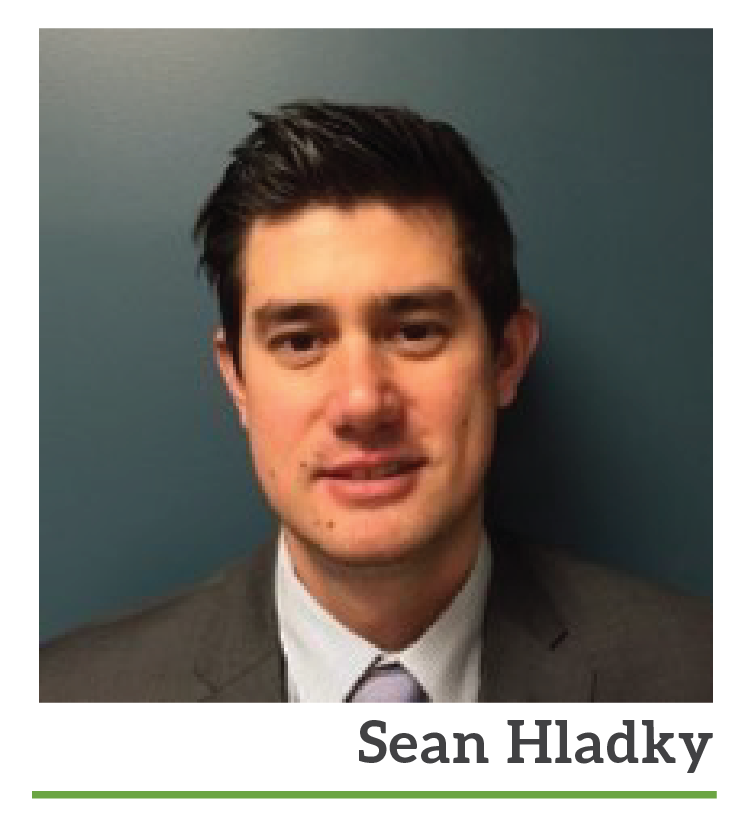As the industry continues to put COVID in the rear-view mirror, Skilled Nursing is in a transition period, addressing new challenges. From staffing shortages and the looming new minimum staffing mandate to the increasing influence of Medicare Advantage plans, operators must find innovative ways to enhance efficiency, manage costs, and deliver better quality care to a population that expects and deserves it. Additional pressures include navigating a landscape shaped by evolving regulations and shifting reimbursement models. These headwinds also come at a time when the sector is making great strides in occupancy and facing growing demand from the aging demographic.
Ongoing Workforce Headwinds

Like many other industries, Skilled Nursing operators are challenged with staffing shortages which are a result of the increased care needs among higher-acuity residents, high employee turnover, and the increased competition for the existing labor pool. A logical first step in combating these labor shortages is offering competitive compensation and benefits. This is essential in attracting and retaining the higher quality staff needed to provide top-notch care that the market strives for.
While important, compensation is not the primary corollary to success with recruitment and retention. Operators are also turning their focus to workforce development and training programs to quickly upskill both new hires and current employees. These initiatives can be in the form of continuing education programs, on-site training, or partnerships with local educational institutions. Having a staff that is better trained and more educated puts the operator in a better position to handle the increased regulatory pressures many are experiencing post-pandemic.
Another key is improving the overall work experience, which is being done through employee recognition programs which celebrate accomplishments and promoting work-life balance to combat burnout.
Managing Reimbursement Challenges
As the industry shifts from Medicare Part A to Part C (Medicare Advantage), operators must adapt to lower reimbursement rates, stringent prior authorization processes, and tougher utilization management. To ensure healthy margins, operational efficiencies must become a key focus as cost reduction will help offset the lower reimbursement rates. Enhanced case management also comes to the forefront to ensure operators are being reimbursed for all services provided. As Medicare Advantage plans put a high emphasis on quality metrics and outcomes, skilled nursing operators must enhance their focus on data driven care that improves the overall quality, patient satisfaction and reduces rehospitalization rates. Hitting those metrics not only provides for better care for the resident, but also results in a higher reimbursement rate under the Medicare Advantage value-based payment models.
Other initiatives include looking to the hospitals and health systems to find ways to create a more synergistic care continuum. Alternative models such as bundled and capitated payments, and diversifying the payer mix to hedge the reliance on the MA plans, can be viable strategies.
As the population’s desire to stay at home is increasing, operators are increasingly offering telehealth services such as remote patient monitoring and teletherapy to meet that need. Using this, skilled nursing operators can offer follow-up care, chronic disease management and virtual therapy to current and past residents. Some skilled nursing operators are also repurposing parts of their buildings for specialty care, such as memory care units, ventilator units or offering behavioral health services. Expanding in these ways can offer higher reimbursement, bring in additional funding and meet specific needs within a community.
Industry Tailwinds
While the workforce and reimbursement pressures remain, there are positive signs for the skilled nursing sector. NIC MAP data for the second quarter of 2024 showed continued improvement in skilled nursing occupancy, coming in at 84.3%, an increase of 0.4 percentage points from the first quarter of the year and well above the pandemic low of 73.9%.
There has also been progress in select states to improve Medicaid reimbursement rates, which is encouraging. Additionally, there has been increased acknowledgement of the labor shortages among federal and state officials, which has resulted in circumstances whereby states have provided meaningful funding to train, upskill and financially reward direct care staff serving older adults.
Last, it is important to acknowledge the demographic tailwinds in play. There will continue to be great demand for skilled nursing services with many individuals who will not have a family caregiver to provide around-the-clock support or the ability to pay for private-pay senior housing.
These compelling demand trends and improving market indicators continue to make investment in the skilled nursing space viable and attractive to buyers who have the scale and sophistication to operate effectively in the current environment.
Proactive Planning for the Future
In a look towards the future, operators are exploring the concept of a “Super SNF,” which is a new model of care that combines traditional skilled nursing services with advanced clinical capabilities traditionally provided by a hospital. The goal is to eliminate the need for high-acuity patients to be transferred to a hospital as they would be able to receive their complex care within the four walls of the skilled nursing property.
Success in the post pandemic world requires innovation and the ability to adapt. With a focus on quality outcomes, strategic partnerships, and diversification, the future of skilled nursing can be one of growth, improved care, and greater financial sustainability.